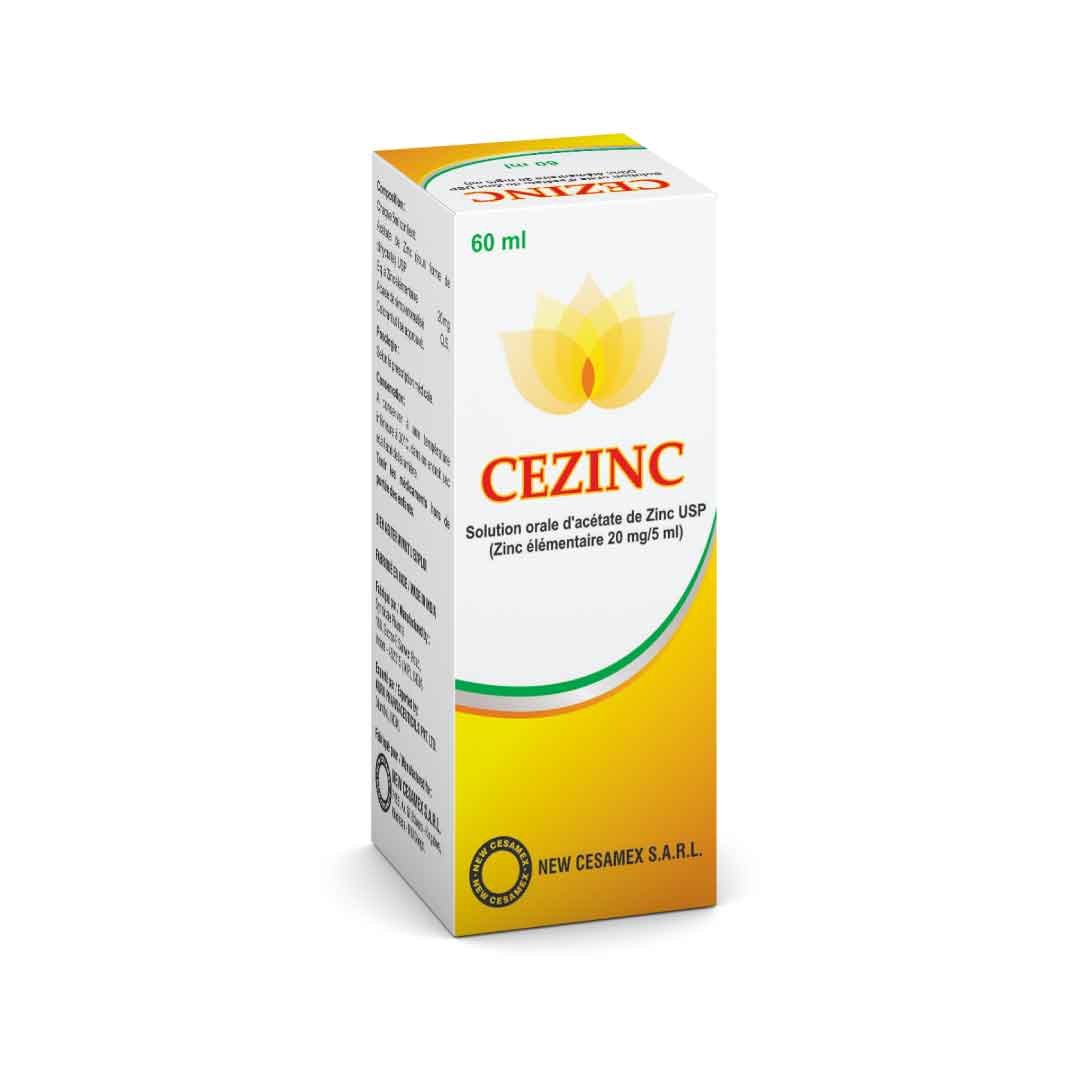In progesterone deficiencies, the average dosage is 200 to 300 mg of micronized progesterone per day. It is recommended to use the drug away from meals, preferably in the evening at bedtime. In luteal insufficiencies (premenstrual syndrome, benign mastopathies, menstrual irregularities, premenopause) the usual therapeutic regimen is 200 to 300 mg per day: either 200 mg in 1 dose in the evening at bedtime, or 300 mg in 2 doses, 10 days a day. cycle, usually from the 17th to the 26th day inclusive. In replacement therapy for menopause, isolated estrogen therapy is not recommended (risk of endometrial hyperplasia): progesterone should be added at a rate of 200 mg per day: in two doses of 100 mg each, or in a single dose taken 200 mg in the evening at bedtime, i.e. 12 to 14 days per month, i.e. the last two weeks of each therapeutic sequence. This treatment will be followed by an interruption of any replacement treatment for about a week, during which it is usual to observe withdrawal bleeding. For these indications, the vaginal route will be used, at the same dosages as the oral route, in the event of side effects due to progesterone (drowsiness after oral absorption). Vaginal route Substitution in progesterone during ovarian insufficiencies or complete deficits of ovarioprive women (donation of oocytes).
FECOND 100MG (PROGESTERON) 1X15 TABLET
COMPOSITION: EACH SOFT GELATIN CAPSULE CONTAINS:PROGESTRONE BP 100MG(NATURAL MICRONIZSED)
INDICATIONS: Oral route Disorders linked to progesterone deficiency in particular: premenstrual syndrome, menstrual irregularities due to dysovulation or anovulation, benign mastopathies, premenopause, replacement treatment for menopause (in addition to estrogen treatment). Vaginal route progesterone substitution during ovarian insufficiency or complete deficiency in ovarioprivate women (egg donation), luteal phase supplementation during in vitro fertilization (IVF) cycles, luteal phase supplementation during spontaneous cycles or induced, in the event of subfertility or primary or secondary sterility, in particular by dysovulation, in the event of threatened abortion or prevention of repeated abortion by luteal insufficiency, up to the 12th week of pregnancy.






Reviews
There are no reviews yet.